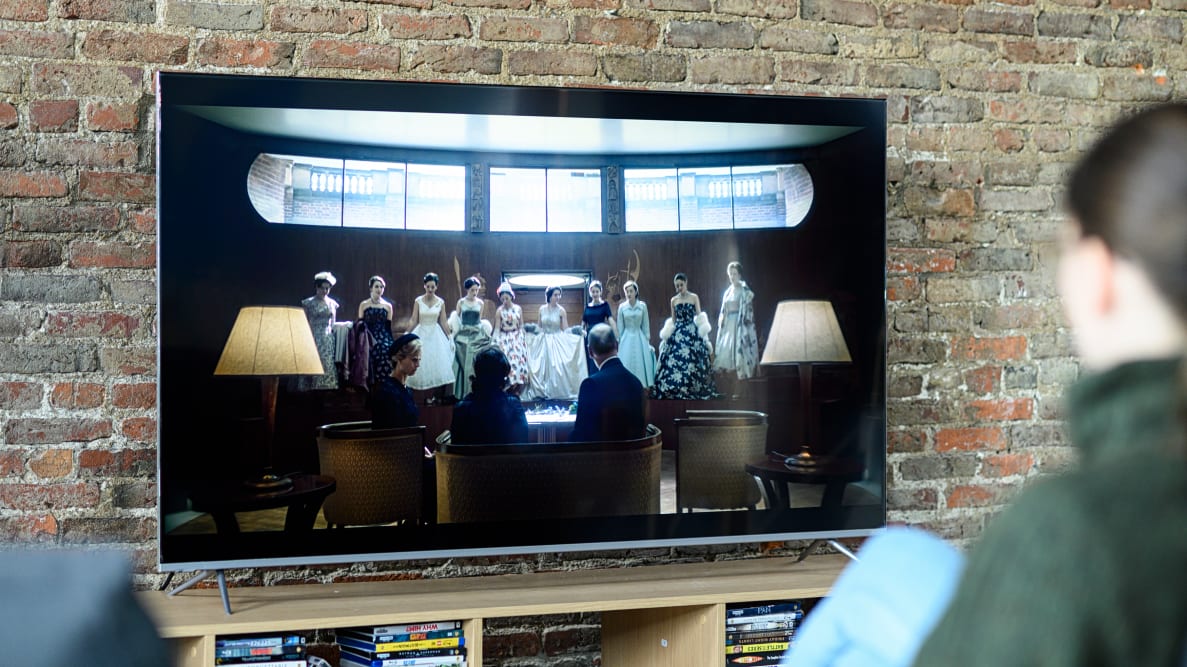Pros
-
Fantastic performance for the price
Cons
-
Vizio's smart platform isn't great
-
Narrow viewing angles
The P Series Quantum is not without its drawbacks, however. Vizio's smart platform—though improved—lacks flexibility, and the TV's acceptable viewing angles aren't as wide as those found on OLEDs. But as far as LED TVs go, there aren't that many that are brighter and more colorful than the Vizio P Series Quantum, and most of them aren't quite as affordable.
About the Vizio P Series Quantum (2019)
About the Vizio P Series Quantum (2019)
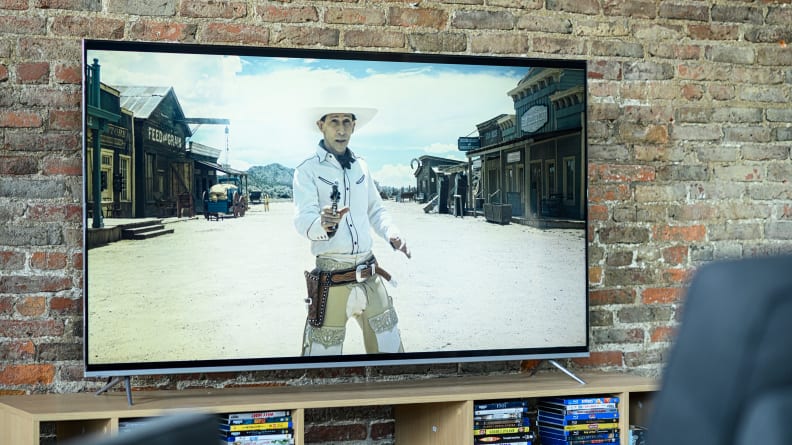
The 2019 Vizio P Series Quantum is available in two sizes. Here’s how each size in the series shakes out, in terms of price:
• 65-inch Vizio P Series Quantum (P659-G1): MSRP $1,099.99 • 75-inch Vizio P Series Quantum (P759-G1): MSRP $1,699.99
For the most part, different sizes of TVs belonging to the same series perform similarly. That said, according to Vizio, the 75-inch P Series Quantum features 240 LED zones in its backlight array. The 65-inch model (the one we reviewed) is reported to have 200 zones.
We don’t expect there to be a significant difference between these two sizes, as the total difference in zones is relatively small compared to the difference in panel size.
Here are some specs and features shared by both sizes in the P Series Quantum lineup:
• 4K (3,840 x 2,160) resolution • Quantum dot color • Full-array local dimming LED backlight • Supports High Dynamic Range (HDR10, HDR10+, HLG, and Dolby Vision) • Native 120 Hz refresh rate • SmartCast 3.0 smart platform • DCI-P3/10-bit color space
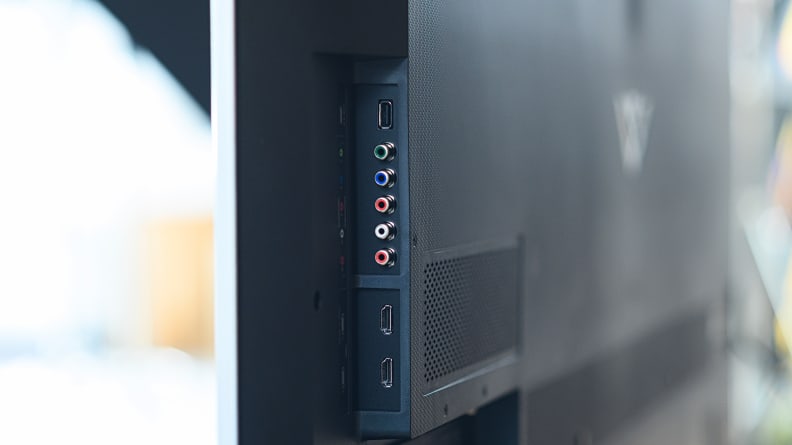
For most people, the Vizio P Series Quantum is equipped with enough connectivity options to keep their home theater in tip-top shape.
Here's what you'll find in on the back of the panel:
• 5x HDMI 2.0 (1x ARC) • 1x USB (USB 2.0) • Component/composite, LAN ethernet port, RF input, optical audio output
Performance Data
Performance Data
Before testing each TV, we make sure the panel is on and receiving a continuous signal for at least 24 hours, allowing the pixels plenty of time to warm up.
For SDR tests, we used the P Series Quantum’s “Calibrated” picture setting. For HDR tests, we also used the TV’s “Calibrated” picture setting.
We use a standard ANSI checkerboard pattern for most of our basic contrast tests (including the ones reported below), but we also use white and black windows ranging from 2% to 90% to test how well the contrast holds up while displaying varying degrees of brightness.
I'll expand on our test results throughout the review, but for now, here are some key takeaways:
• HDR contrast (brightness/black level): 353.3 nits/ 0.063 nits (ANSI checkerboard) • SDR contrast (brightness/black level): 237 nits/ 0.06 nits (ANSI checkerboard)
• HDR peak brightness: 795.1 nits (40% white window)
• HDR color gamut coverage: 96% (DCI-P3/10-bit) • SDR color gamut coverage: 94% (Rec.709)
• Viewing angle: ±32°
What We Like
What We Like
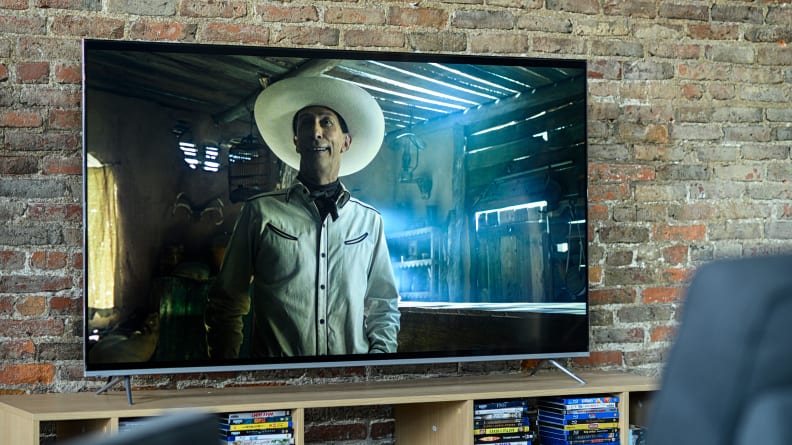
As the name implies, the P Series Quantum features quantum dot technology, and its picture is all the better for it. It's certainly not the brightest, most colorful quantum dot TV you can buy right now, but it takes advantage of the technology more than its more affordably priced younger sibling, the Vizio M Series Quantum.
In HDR, the P Series Quantum is capable of peak brightness levels of around 700-800 nits. With normal SDR content, you're lookin' at around 400-600 nits pretty consistently. These figures pale in comparison to the 1,000-2,000-nit measurements we've recorded while reviewing higher-end QLED TVs, but for most people—especially folks upgrading from a non-HDR TV—the picture is plenty bright.
The highlights are bolstered by the P Series Quantum's deep black levels. Unsurprisingly, this LED TV doesn't achieve the perfect black level performance of an OLED TV, but its contrast is helped along by the P Series Quantum's FALD display. With at least 200 LED zones built into the backlight, the TV can tightly control its contrast depending on the content at any given moment.
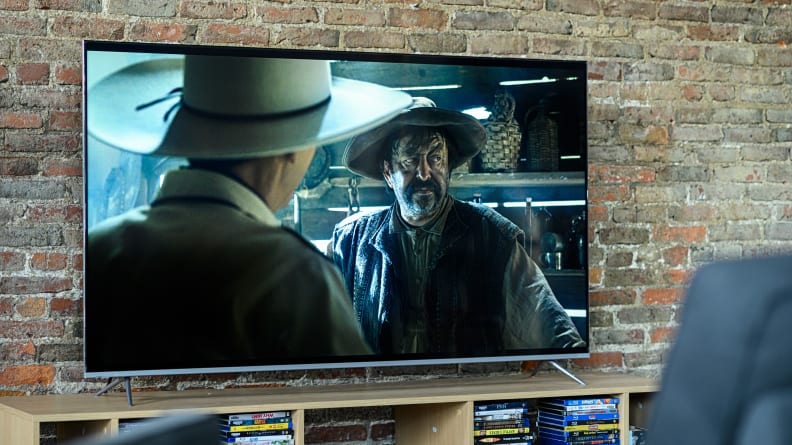
Quantum dots are also the reason that the P Series Quantum is able to produce such lavish colors, especially in HDR. The P Series Quantum covers about 96% of the DCI-P3/10-bit color space, but in order to fully appreciate a quantum dot TV's color production, it's worthwhile to look at it side-by-side with a non-QLED TV. The greens are greener, the reds are redder, and every hue is bolstered by the brightness of the panel.
The P Series Quantum also features terrific motion performance, free of judder or trailing. The TV's native refresh rate of 120 Hz is one of its clearest advantages over the more affordable M Series Quantum, whose panel features a 60 Hz refresh rate. For games and sports, the P Series Quantum is unquestionably the better option, but as my colleague Lee noted in his Vizio M Series Quantum review, the M Series' motion handling is still on the better end of the spectrum, despite its limited refresh rate.
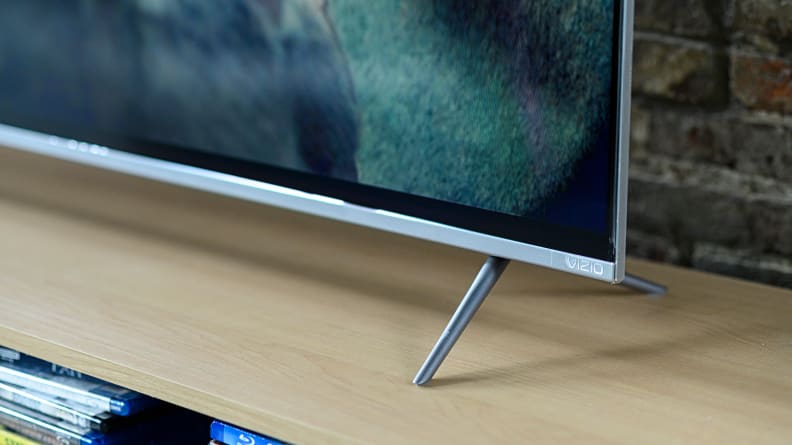
The design of the P Series Quantum won't turn any heads, but I've come to appreciate Vizio's simplicity in recent years when it comes to the look and feel of its TVs. It features narrow, chrome-accented bezels that sit atop two wide-set, angular feet, which also feature a sleek, shiny finish.
It's a nondescript form factor coupled with a tasteful splash of silver—perfect for pretty much any home theater.
What We Don't Like
What We Don't Like
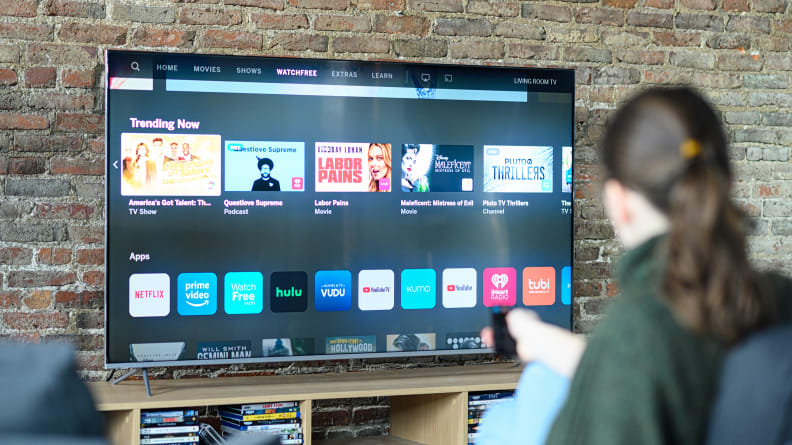
There's no denying that Vizio's smart platform, SmartCast, is improving with every update. Unfortunately, it remains one of the weaker smart platforms out there. I can safely say that the software is speedier now than perhaps ever before, but the platform does not allow users to add new apps beyond those that are already included. Sure, the user interface is simple and the navigational experience is zippy, but the only amount of customization offered is the ability to rearrange the order in which app icons are presented.
The TV's built-in Chromecast support goes a long way in smoothing out this wrinkle, as users can download a Vizio app and stream content from their personal device, but this definitely doesn't make up for SmartCast's lack of flexibilty.
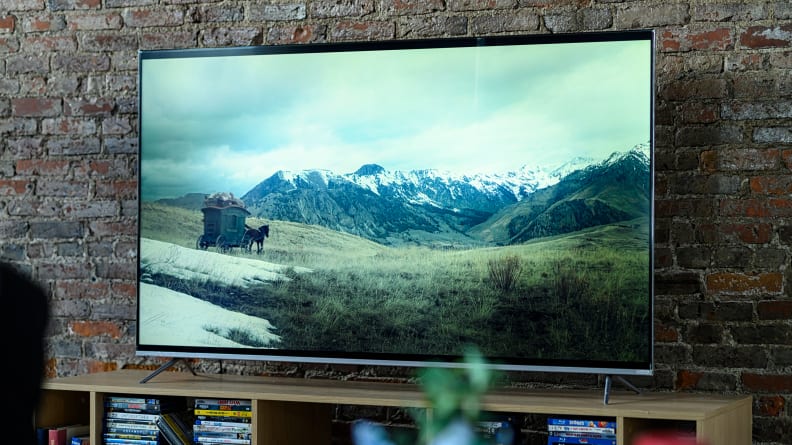
Although the 65-inch Vizio P Series Quantum's full array backlight makes for tightly controlled contrast, the panel nevertheless exhibits some light bloom during certain pieces of content. These hazy halos of light typically appear when a very bright picture element is surrounded by darkness, and the effect is exacerbated by sitting in an off-angle position.
And when it comes to total viewing angle, the P Series Quantum isn't bad, but off-angle viewing isn't very forgiving. Sitting just four feet to the side of a head-on angle will flatten the contrast and intensify any light blooming that might be present.
Should You Buy It?
Should You Buy It?
Yes—the Vizio P Series Quantum performs at a high level, and although it's not quite cheap, it nevertheless is priced low enough to satisfy people who're looking for value without making concessions when it comes to performance.
The P Series Quantum is not without its faults. Its ideal viewing angles are limited, light blooms are often visible, and Vizio's smart platform leaves something to be desired. However, even when taken together, these issues don't negatively affect the experience enough to overturn the P Series Quantum's slam-dunk value. This is a big, bright TV with an impressive report card, and best of all, its price isn't as high as most of the TVs that perform at a similar level.
Meet the tester
Michael Desjardin graduated from Emerson College after having studied media production and screenwriting. He specializes in tech for Reviewed, but also loves film criticism, weird ambient music, cooking, and food in general.
Checking our work.
Our team is here to help you buy the best stuff and love what you own. Our writers, editors, and experts obsess over the products we cover to make sure you're confident and satisfied. Have a different opinion about something we recommend? Email us and we'll compare notes.
Shoot us an email